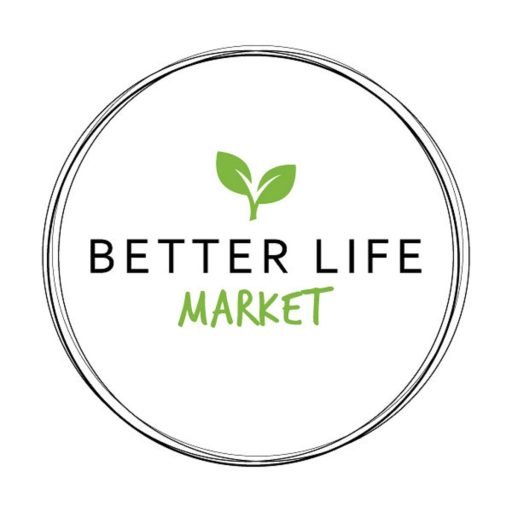
The Benefits of Goat Milk
With a lower content of lactose, Goat’s milk is usually easier to digest than Cow’s milk. Plus it has more calcium, potassium and Vitamin A.
Goat farming is widespread in the marginal areas of Lebanon; the adopted breeding system is the extensive pastoral system, centuries old, relying on pastures as its main source of feed. The local goat population consists mainly of the indigenous breed of Baladi goat characterized by its rusticity and ability to value the limited resources of the tough land that no other ruminants can reach.
The consumption of goat milk is valued on the national level, especially in the regions that exhibit goat farming. In 2010, goat milk production reached 32 million tons. Goat dairy products are consumed as cheese, laban, labneh, ayran and other more typical products characterized by their production and conservation techniques like Kishk, Ambarees labneh and Darfieh cheese. While Ambarees, traditionally produced in the Bekaa Valley, consists of fermented raw goat milk in earthenware jars, Darfieh cheese, a specialty of North Lebanon, is fermented in a cow skin prepared in advance particularly to make this cheese.
Goat milk production is seasonal, and preservation methods of caprine dairy products vary: goat labneh and Ambarees are usually shaped into small balls and conserved in glass jars with olive oil, Ambarees can also be frozen for later use, Darfieh cheese is conserved in olive oil as well, baladi goat cheese is preserved in brine (salty water), and kishk is well-maintained as powder to be used in soup and other recipes.
Source: The Food Heritage Foundation.





